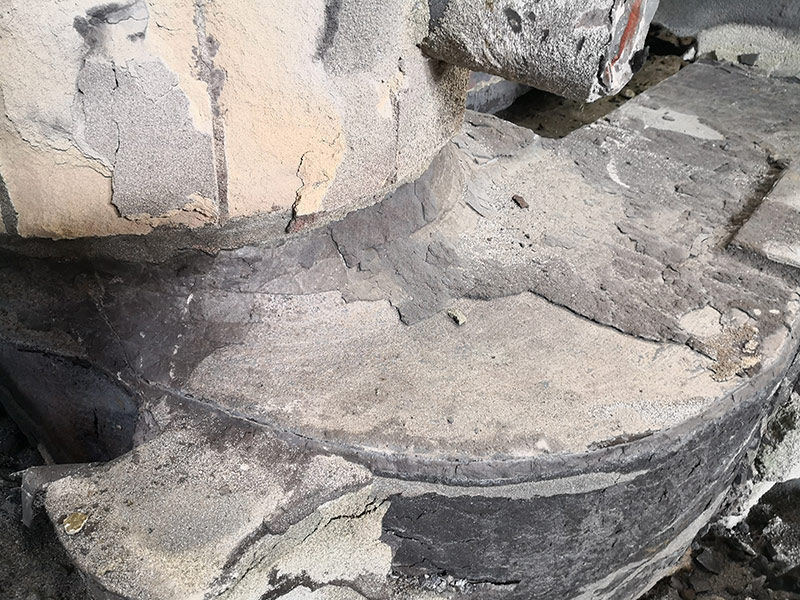The Role of Sand in Sand Casting A Comprehensive Overview
Sand casting is one of the oldest and most widely used manufacturing processes for producing metal parts. This method involves pouring molten metal into a mold made of sand, allowing it to solidify into a desired shape. The quality of the final product is heavily influenced by the type and properties of sand used in the casting process.
The Role of Sand in Sand Casting A Comprehensive Overview
However, not all silica sand is suitable for every casting application. The grain size and shape of the sand particles can significantly affect the mold's strength and surface finish. Fine sands can produce smoother surface finishes but may lack the strength needed for larger castings. Conversely, coarse sands offer higher strength but can result in a rougher surface. A balance must be struck between these factors, often leading to the blending of sands with different characteristics to achieve the desired properties.
sand used in sand casting

Beyond grain size, the presence of impurities in the sand can also impact the quality of the casting. Therefore, the sand used in casting must be carefully prepared and treated. This process often involves adding bonding agents, which help the sand grains stick together. Common binders include clay and synthetic polymers, each contributing different attributes, such as increased mold strength and resistance to thermal degradation.
An additional consideration is the reuse of sand. In many foundries, used sand is reclaimed and reprocessed for future casting operations. This recycling is advantageous not only for cost savings but also for environmental sustainability. Innovations in sand reclamation technologies have made it possible to efficiently clean and prepare used sand while minimizing waste, ensuring a more sustainable practice in the foundry industry.
Moreover, advancements in sand casting techniques have led to the development of new materials. For instance, engineered sands with enhanced properties can be utilized to improve casting performance and outcomes. These materials may offer better thermal conductivity, reduced dust formation, and improved mold collapsibility.
In conclusion, the type of sand used in sand casting plays a critical role in determining the quality, efficiency, and cost-effectiveness of the casting process. The selection of appropriate sand, coupled with the effective management of its properties, can lead to superior casting outcomes that meet the demands of various industries. As technology continues to evolve, the future of sand casting will likely see even greater innovations in the materials and processes involved.
Post time:ഒക്ട് . 13, 2024 13:53
Next:Innovative Techniques in Iron Sand Casting for Modern Manufacturing Applications
